Surprising Travel Magic: Tamron 11-20mm F2.8 Di III-A RXD Review
For more stories like this, please subscribe to The Phoblographer.
Crop sensor cameras make telephoto easy — and ultra-wide insanely hard. The Tamron 11-20mm f2.8 Di III-A RXD is the widest f2.8 lens with zoom and autofocus for Sony’s crop-sensor, mirrorless cameras. Finding something close to Tamron’s new lens requires sacrificing zoom capabilities or opting for a narrower aperture: neither of which bodes well for versatility.
At a 16.5 to 30mm on a crop sensor, the Tamron 11-20mm f2.8 tackles the ultra-wide and more standard wide-angle focal lengths in a single, bright lens. And with weather sealing and weight well under a pound, it’s made for travel and adventuring outdoors. I took the Tamron 11-20mm f2.8 on a 10-day camping trip to see just how well it travels. Between the size and weather-sealing, the ultra-wide-angle, and the bits of character, it’s an easy lens to love.
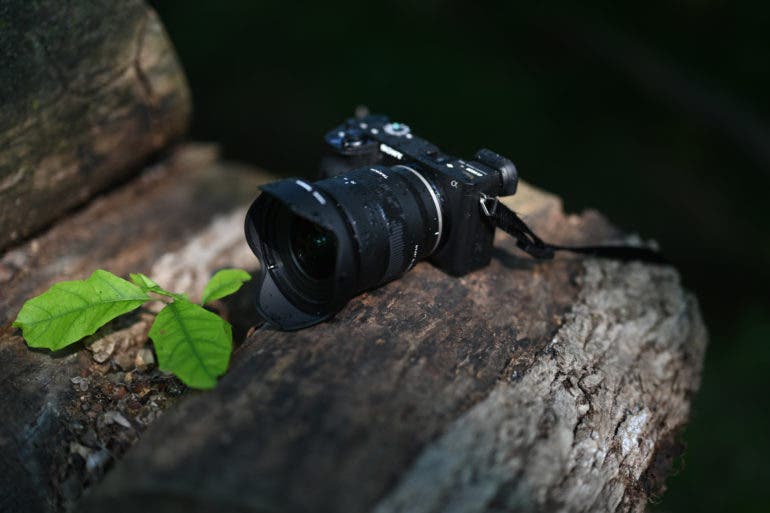
Too Long, Didn’t Read
The Tamron 11-20mm f2.8 offers ultra-wide character with exaggerated distances and soft, bent edges. That’s wrapped up in a surprisingly affordable, compact lens. So what’s not to love? Architectural photographers and pixel peepers may not love the edge softness.
Pros and Cons
Pros
- Short minimum focus distance
- Widest f2.8 zoom for Sony’s crop sensor E-Mount available
- Excellent center sharpness
- Lots of bendy character
- Weather-sealed
- Reasonably priced
Cons
- Obvious edge softness and barrel distortion
- No stabilization
Gear Used
I paired the Tamron 11-20mm f2.8 with the Sony a6600. I carried the camera lens combo in the Wandrd PRVKE Lite.
Innovations
Getting an ultra-wide perspective on a sensor that’s cropped is tricky. The Tamron 11-20mm f2.8 is the widest f2.8 autofocus zoom available for Sony’s crop sensor mirrorless without getting into third-party fisheyes. If you stick with only Sony-branded lenses, you can get the 10-18mm f4 OSS or the 16mm f2.8. Tamron’s zoom is the widest by focal length and aperture that’s currently available for Sony cropped sensor cameras. Rokinon comes close with a 12mm f2 prime, which of course lacks the versatility of a zoom lens. And manual focus shooters can get a Venus Optics Laowa 9mm f2.8.
Tech Specs
Tamron USA lists these tech specs for the lens:
- Mount: Sony E-mount (APS-C)
- Angle of view (diagonal): 105°20’-71°35′
- Optical construction: 12 elements in 10 groups
- Minimum object distance: 5.9 in. (.15m) wide, 9.4 in. (.24m) tele
- Maximum magnification ratio: 1:4 wide, 1:7.6 tele
- Filter size: 67mm
- Maximum diameter: 73mm
- Length: 3.4 inches (86.2 mm)
- Weight: 11.8 oz. (335g)
- Aperture blades: 7 (circular diaphragm)
- Minimum aperture: F16
- Includes flower-shaped hood and lens cap
Ergonomics
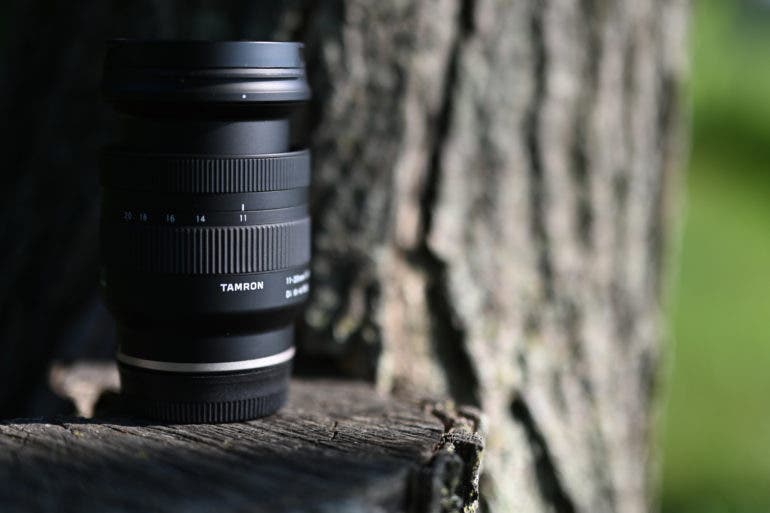
The Tamron 11-20mm f2.8 is a simple and compact ultra-wide-angle lens. It weighs 11.8 ounces and will tuck into about a 3.4-inch slot in a camera bag. The lens is not an internal zoom, but it doesn’t get much larger at 11mm.
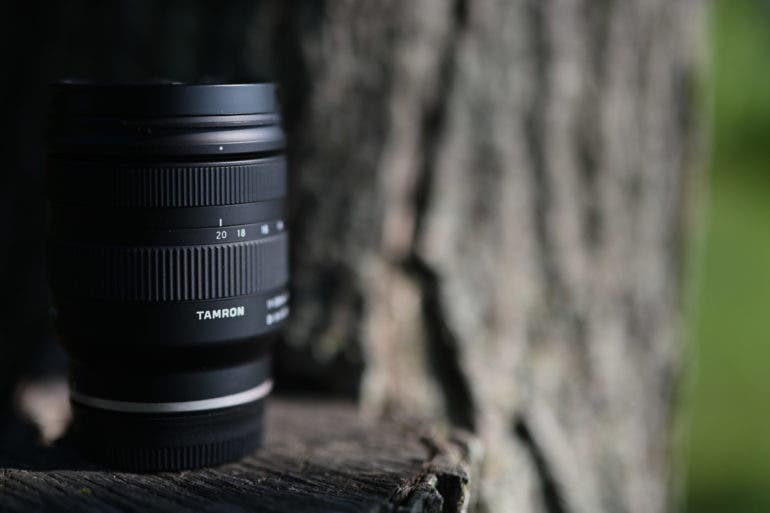
There are just two controls on the lens: the zoom ring and the aperture ring. Both have a smooth, somewhat stiff turn that’s good for making small adjustments. The zoom ring is wider than the focus ring but with a similar texture. I would have preferred the grip to have a different texture to differentiate the two by feel alone.
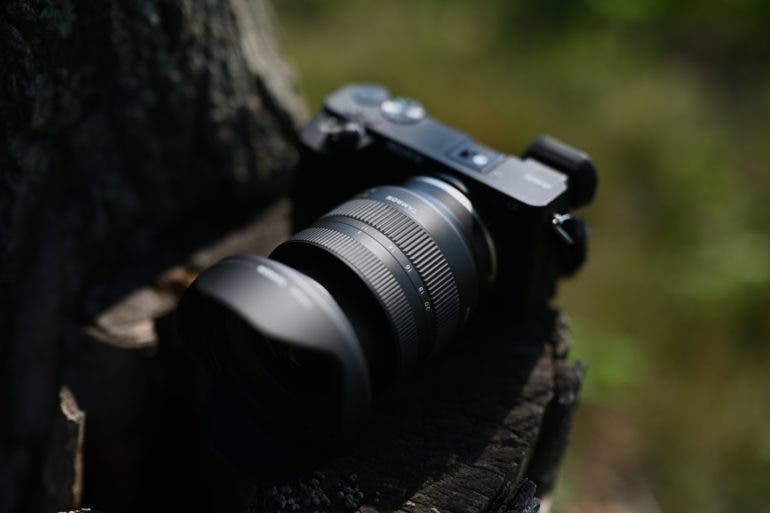
The controls are so simple that I could spend more time talking about what’s not there than what is. There’s no auto to manual focus switch, but this is typical for the crop sensor E-mount. It also lacks a depth of field scale and focal distance scale, but Sony’s own 10-18mm f4 OSS doesn’t have this either. I wasn’t terribly bothered by the lack of controls, and I even shot stars where I needed to be in manual focus. That’s partly because it’s paired with a crop sensor camera that also doesn’t have as many controls.

The front of the lens is almost flat, allowing the lens to accept 67mm filters. The lens ships with a small petal-shaped hood.
Build Quality

I used the Tamron 11-20mm f2.8 during a camping trip with plenty of beach time. I’ve damaged lenses on similar trips before due to the endless amount of sand. However, the 11-20mm is sealed against moisture, and I didn’t have issues with sand during my trip. I even stuck the lens-camera combo under the garden sprinkler, and the lens kept shooting unfazed.
The lens has a plastic exterior, but it feels like an identical material to what’s outside the Sony a6600 body.
Autofocus

An 11-20mm is designed more for landscapes and environmental portraits than sports, but I didn’t catch any noticeable autofocus delays with this lens. It kept up with kite surfers and only missed a few shots of my dog heading straight towards the camera. In the past, Tamron lenses we’ve used seemed to perform just as well as most Sony-branded lenses, and the 11-20mm is no exception.

What I love most about the 11-20mm autofocus, however, is the close-up capability. The lens can focus as close as 5.9 inches on the wide end and 9.4 inches on the telephoto. That’s impressive for such a wide-angle, delivering a possible 1:4 close-up ratio. By comparison, Sony’s 10-18mm focuses 9.8 inches from the front of the lens.
Ease of Use

With so few controls and an APS-C mount, the Tamron 11-20mm f2.8 is beginner-friendly. There are no extra controls to bump or get confused by. This is a lens that can easily grow with auto mode photographers who are learning the manual capabilities of mirrorless.
The only thing that would make the lens easier to use would be stabilization. For an ultra-wide angle, it’s not a must-have. But, mixing stabilized lenses with stabilized bodies makes handheld night photography easier. Adding stabilization would have increased the weight and price, however. So many will be happy that Tamron didn’t go that route.
Image Quality

The Tamron 11-20mm f2.8 delivers that classic ultra-wide-angle look, with exaggerated distances that can either be amazing creative tools or the perfectionist photo editor’s disdain. With softer edges and a slight curve but an exceptionally sharp center, the eyes are drawn to the center or Rule of Thirds points. It’s a fun lens with ultra-wide character and without many flaws.
Bokeh

An ultra-wide angle and crop sensor isn’t the best combination for producing bokeh. But, this Tamron has a great minimum focusing distance. Moving in close to the subject, I could get some background softness, complete with bokeh balls. Sure, it’s no 85mm f1.4, but the soft background mixed with the exaggerated perspective of an ultra-wide is quite striking.
Points of light are circular and, generally, soft. Occasionally a bokeh ball or two would have a slightly more noticeable edge coming from a harsh light source, but only when pixel peeping at 100 percent.
Sharpness

At the center, this ultra-wide zoom is exceptionally sharp. Subjects placed at the center or right around those Rule of Thirds marks have great, down-to-the-eyelash detail.
As expected for such a wide-angle, the sharpness falls off at the edges. The edge sharpness improves a bit at f4 but is still present at f8. When that edge softness mixes with the ultra-wide barrel distortion, it charms with a bit of character. Or, if you want uniform sharpness and straight edges, it annoys. Tomato, To-mah-toe. I actually liked the effect when shooting close-ups, portraits, and some landscapes. But, the softness does slightly blur the stars on the edges in astrophotography, and I can also see architectural photographers being a bit annoyed with the softer edges.
Lens Character
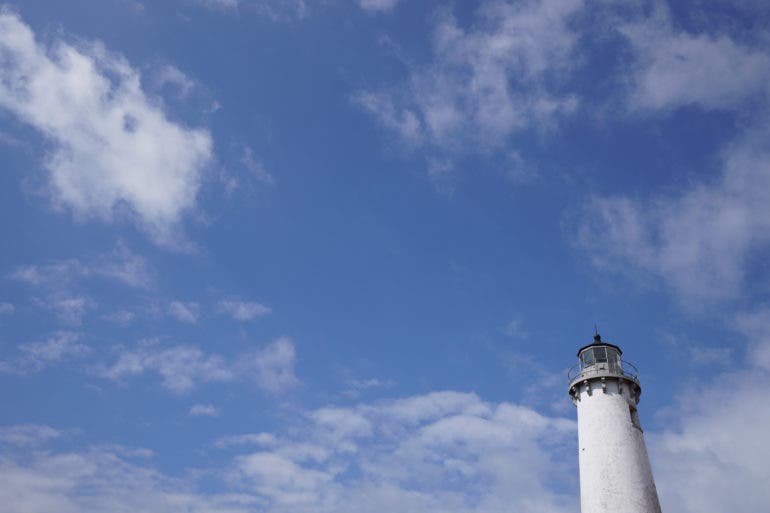
Ultra-wide angle lenses exaggerate distances and make everything seem farther apart. Mix that with the Tamron’s softer edges and some barrel distortion, and there’s plenty of character to be had with this lens. It’s a combination that works well with the wider aperture and the ability to get in close to the subject. Barrel distortion was minimal at 20mm. At 11mm, straight lines at the center were .4 inches off with just the slightest tilt in the camera. It’s expected for this category, but it’s not a lens that I would pick up if I mainly shot architectural photography.
While some photographers call lens character lens distortion, the lens had a good mix of those character-building flaws while keeping the more annoying ones at bay. I spotted minimal chromatic aberration in extremely high contrast towards the edges of the image. Light sources created some soft, halo-like flare.
Color Rendering
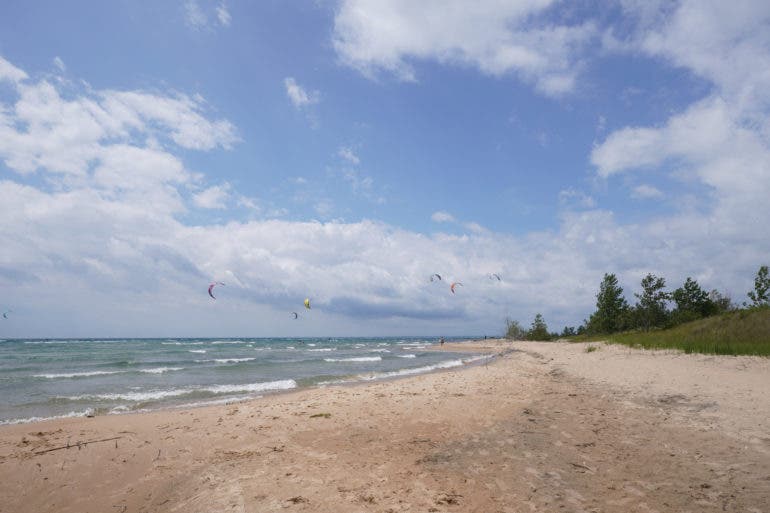
Colors coming from the Tamron 11-20mm f2.8 are excellent, though a touch oversaturated. Paired with the Sony a6600, the lens captured a good range of hues. On a partially sunny day, the lens captured some great landscape tones in the sky as well as the greenery.
Extra Image Samples
From day one, The Phoblographer has been huge on transparency. Nothing from this review is sponsored. Further, lots of folks will post reviews that show lots of editing in the photos. The problem then becomes that anyone and everyone can do the same thing. They’re not showing what the lens can do. So we have a section in our Extra Image Samples area to show edited and unedited photos. From this, you can make a decision for yourself.
Edited
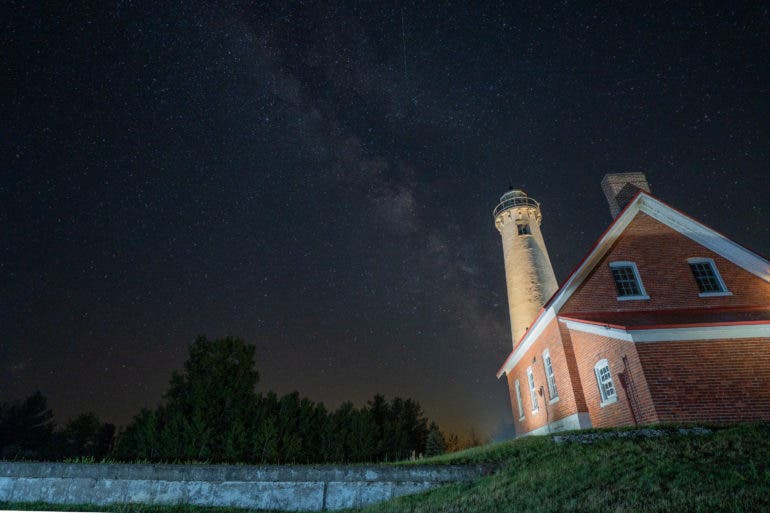




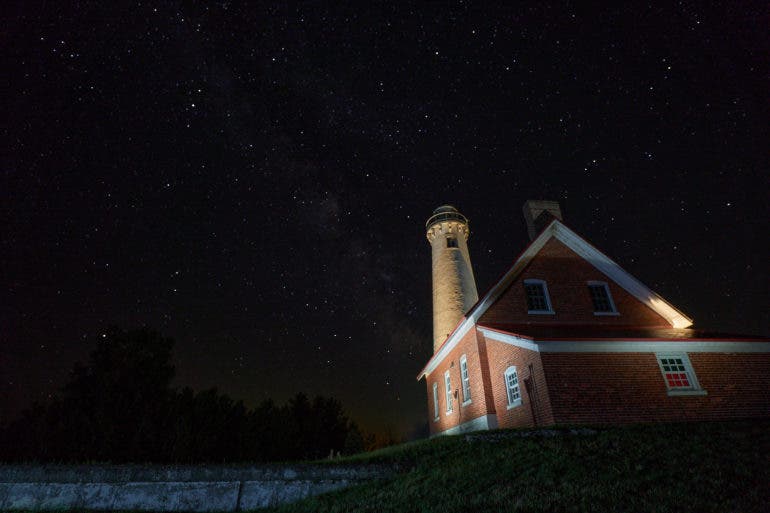
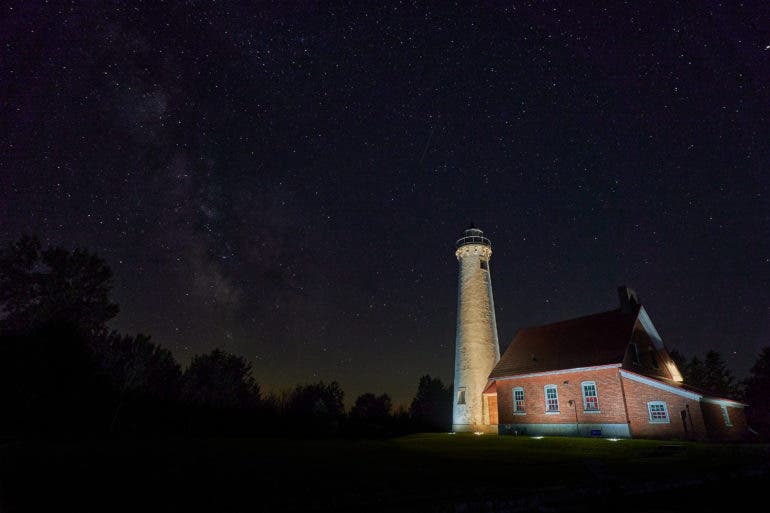





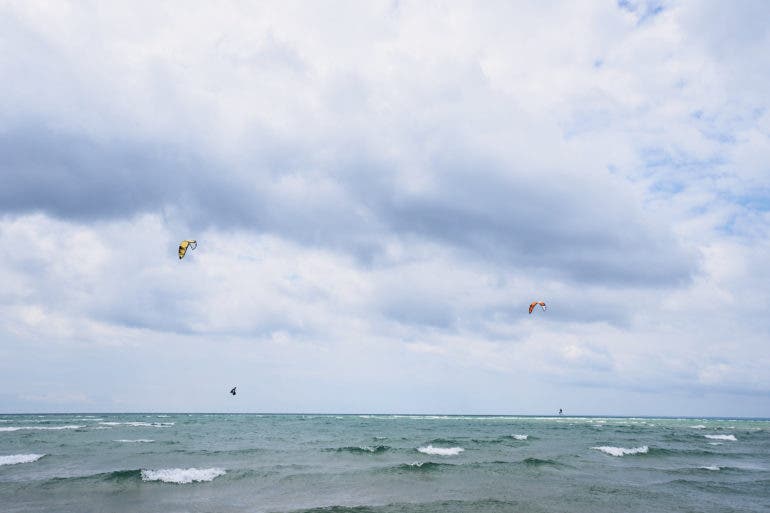
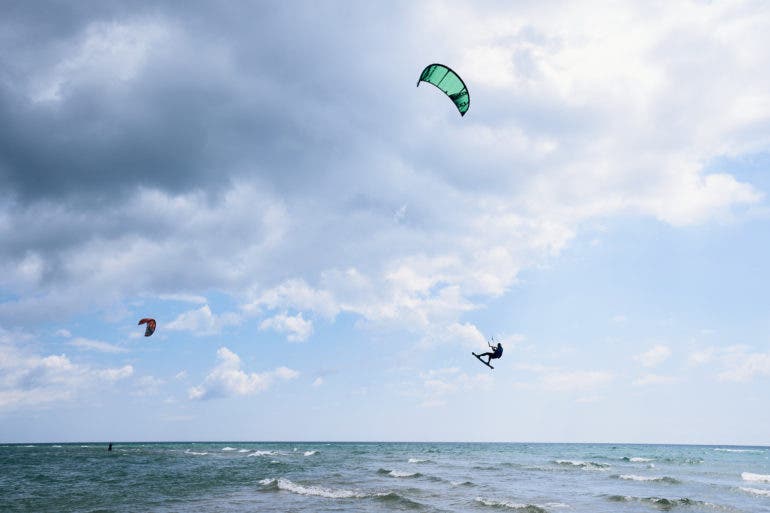

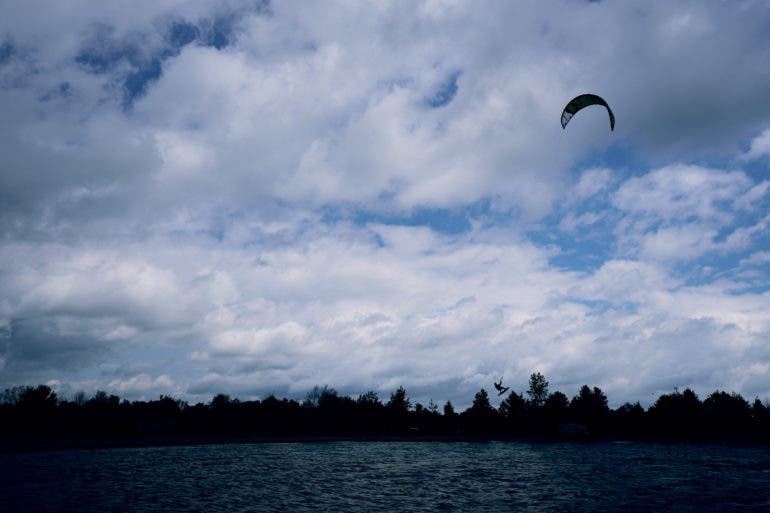
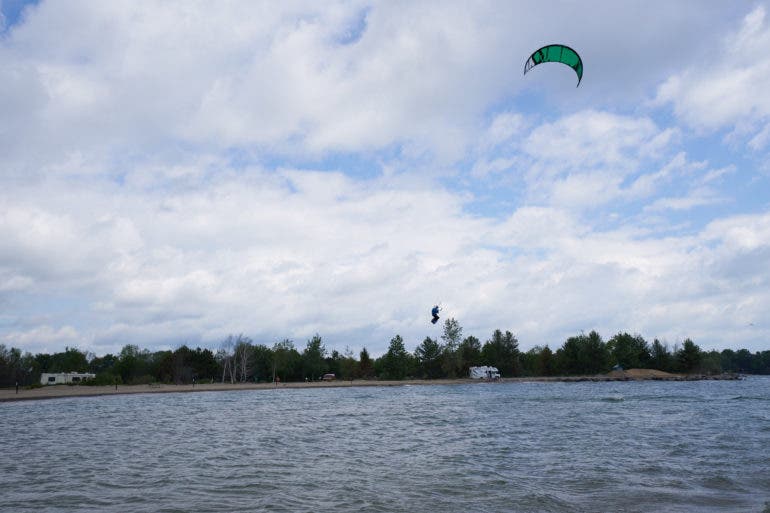



Unedited
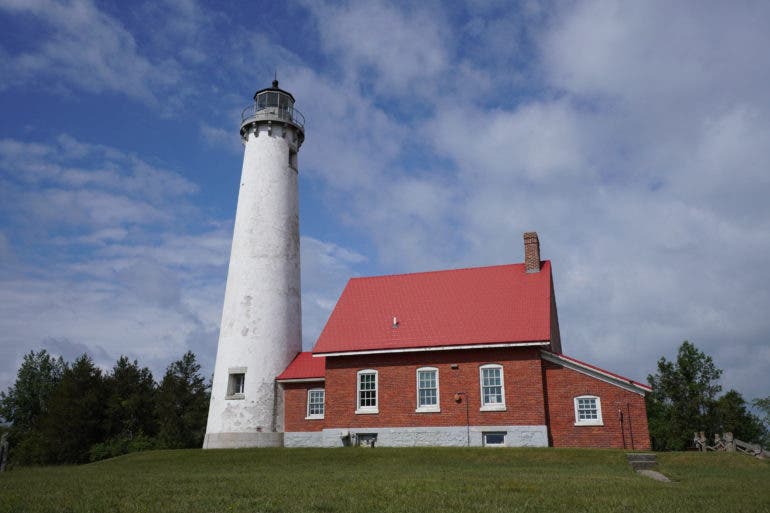
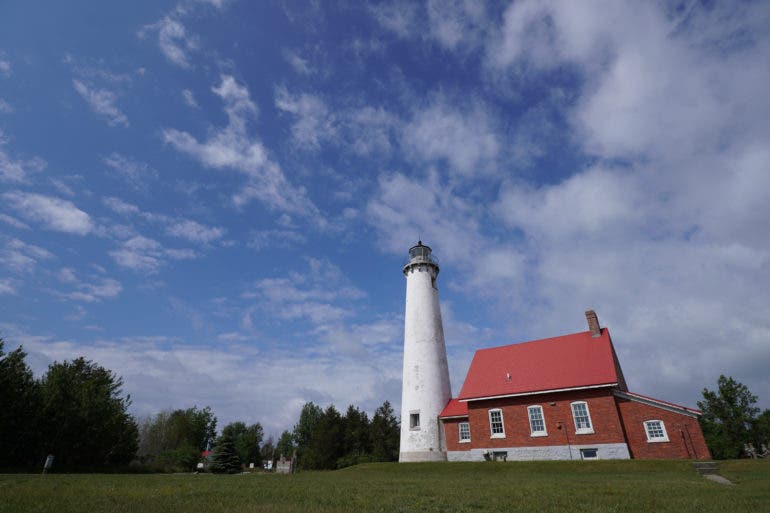
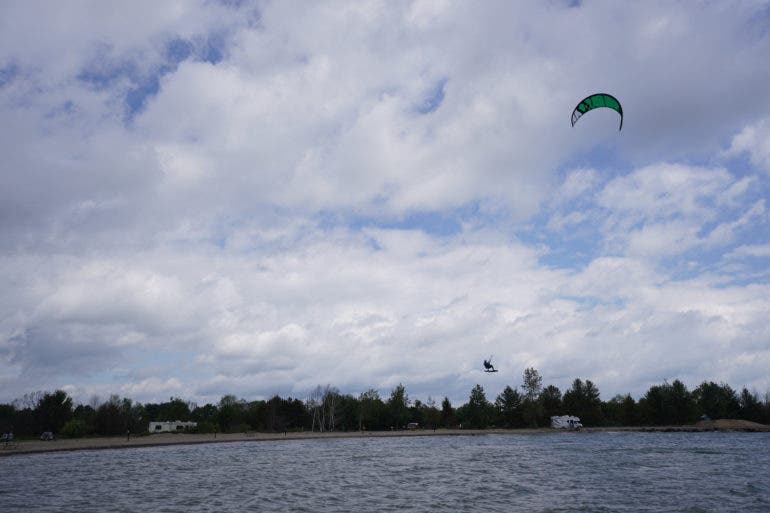
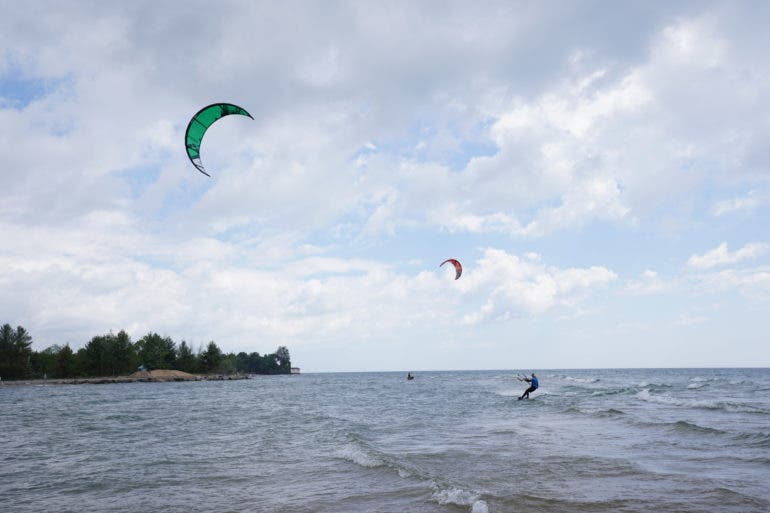

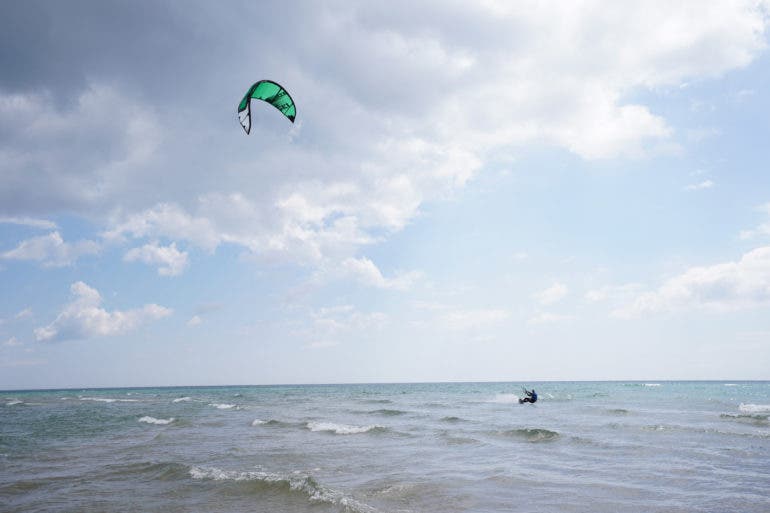

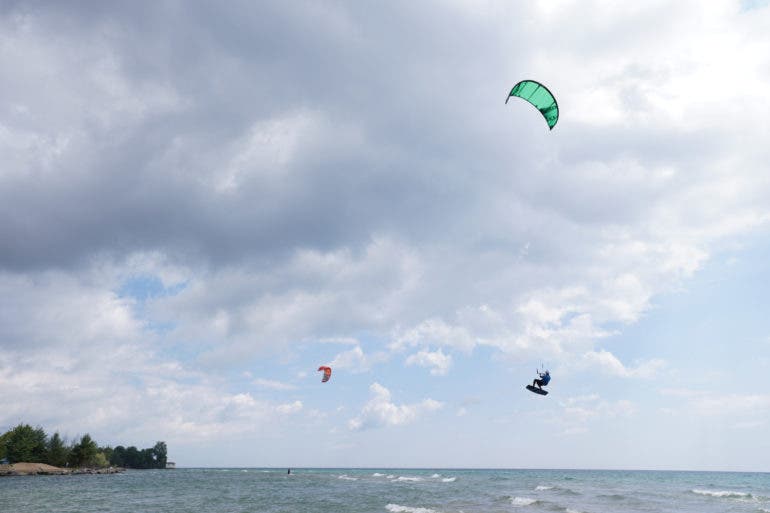







Conclusions
Likes
- The short minimum focus distance makes close-ups — and some bokeh — possible.
- I love the way the ultra-wide perspective mixes with a wider aperture.
- The center is tack-sharp,
- The ultra-wide lends lots of extra character.
- Weather-sealing gives the lens extra protection shooting outdoors.
- At $829, this Tamron is cheaper than Sony’s f4 wide angle.
Dislikes
- The edges are soft, even stepping down.
- It lacks stabilization.
As a travel lens, the Tamron 11-20mm f2.8 delivers plenty of ultra-wide character, versatile close-up focusing capabilities, and durable weather sealing. It’s an excellent lens for Sony’s a6XXX series cameras because it tells a story with an ultra-wide view, blurred background, and the light gathering capabilities of an f2.8. I loved capturing wide landscapes, stars, and environmental portraits with this lens.
While it’s a great buy for Sony’s crop sensor shooters, the ultra-wide isn’t perfect for everyone. The softer edges and barrel distortion aren’t ideal for architecture. And while the edges didn’t blur as much as some ultra-wide zooms, stars on the edges of astro shots won’t be perfectly crisp.

The Tamron 11-20mm f2.8 has plenty of great character, ultra-wide versatility, and easy portability that will make plenty of Sony crop sensor shooters happy. I’m giving the lens four out of five stars. Want one? Check out Amazon for the latest prices.